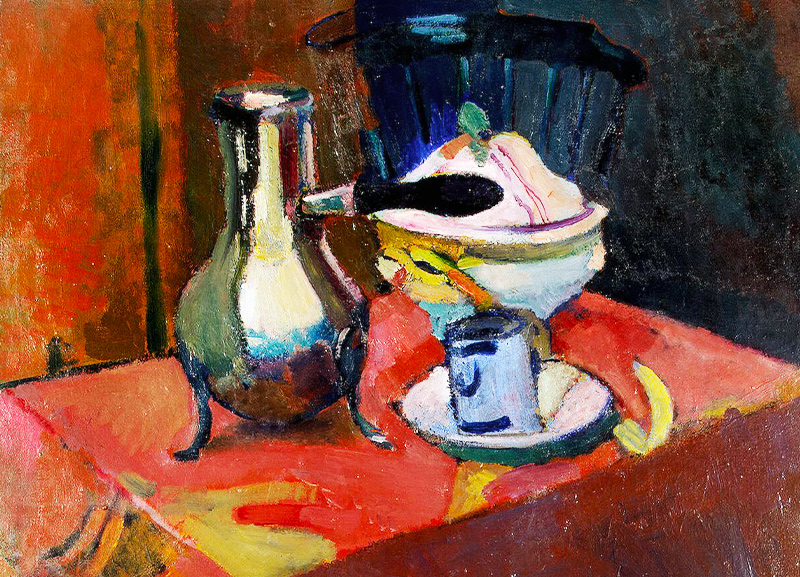

Fauvism (pronounced foe-vi-zum) was a revolutionary art movement of the early 20th century that emerged in Paris, France. It was heavily influenced by Post-Impressionism, particularly the use of bold, vibrant colours and expressive brushstrokes. Another key influence was Symbolism, which emphasised an artist’s internal vision and emotional expression over literal representation.

Powered by WhatsApp Chat